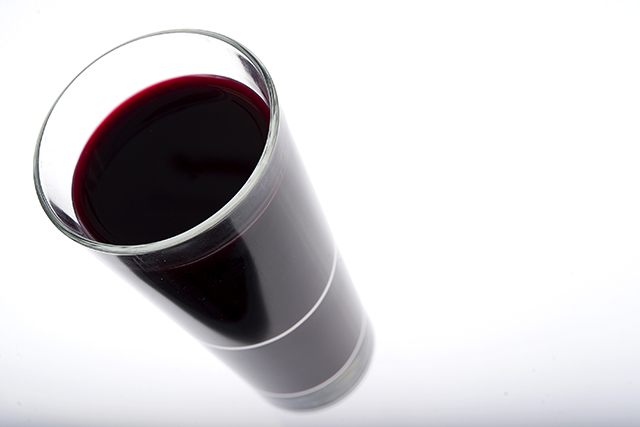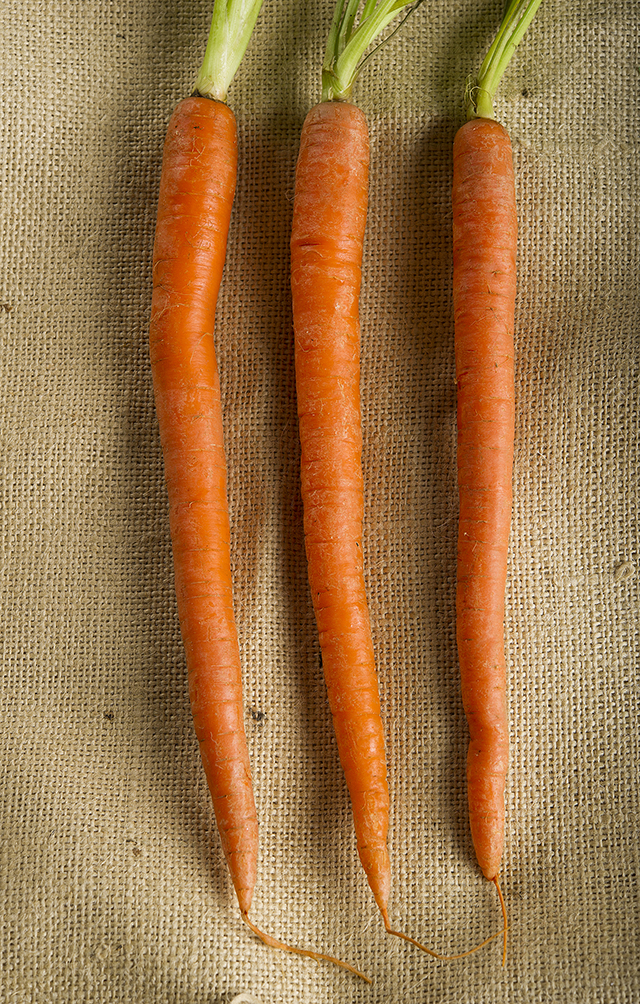It’s not just about the waistline

Dietary choices can have unintended side effects in the mouth and throughout the body, a dental hygienist and registered dietitian explains.
 Americans are becoming increasingly health conscious, and that’s a good thing. According to a U.S. Department of Agriculture study released earlier this year, the average person’s daily caloric intake dropped by 78 calories from 2005 to 2010. But what is considered healthy eating — including dietary choices trending toward high-protein, low-carb selections, liquid cleanses, vegan lifestyles and raw diets — may not always be good for the mouth. Each diet carries its own set of pros and cons.
Americans are becoming increasingly health conscious, and that’s a good thing. According to a U.S. Department of Agriculture study released earlier this year, the average person’s daily caloric intake dropped by 78 calories from 2005 to 2010. But what is considered healthy eating — including dietary choices trending toward high-protein, low-carb selections, liquid cleanses, vegan lifestyles and raw diets — may not always be good for the mouth. Each diet carries its own set of pros and cons.
“Eating begins in the mouth,” says Lisa Mallonee, a registered dietitian and associate professor in dental hygiene at Texas A&M University Baylor College of Dentistry. “The foods and beverages we consume, the methods and timing in which we consume them, and the frequency of consumption can all impact oral disease risk.”
Packing the protein
One of the most notorious diets for a tendency to produce unintended side effects is a high-protein, carb-curbing lifestyle reminiscent of the Atkins diet, which peaked in popularity a decade ago.
That’s because when a high-protein diet works as intended, the body burns fat at a higher rate, producing ketones. When they accumulate in the saliva, ketones are a culprit for bad breath. Mallonee likens the smell to rotting fruit and suggests some time-tested remedies: alcohol-free mouthwash, xylitol chewing gum, adequate hydration and, of course, diet modification.
“In the oral cavity, ketones are otherwise benign, but from an overall health perspective, individuals can experience light-headedness, headaches and irritability,” says Mallonee.
Not quite so harmless is xerostomia, or dry mouth, associated with water loss from a high-protein diet. In its mildest form, it begins as a sticky, dry feeling in the mouth but can lead to burning, tingling and increased risk for gum disease and tooth decay.
Then there’s blood.
“I’ve heard comments from practitioners that they notice more bleeding in patients on a high-protein diet,” Mallonee says. “This is likely due to the fact they are not eating crunchy fresh fruits and vegetables — since they are avoiding carbohydrates — so there is a higher level of plaque accumulation because a high-protein diet is typically a ‘softer’ diet.”
Vegetarian versus vegan
The major difference in oral health impact between a vegetarian versus a vegan diet boils down to the absence of three nutrients: vitamin B12, vitamin D and calcium. Deficiencies in these can present as soreness in the mouth and tongue, altered taste sensation, increased risk of periodontal disease and weak enamel.
While a lacto-vegetarian diet includes dairy such as butter and cheese, a vegan diet that includes no animal products may put patients at a heightened risk of oral health problems. Mallonee advises it may be necessary to add dietary supplements to include vitamin D, calcium and vitamin B12, the last of which can only be found in animal products.
Duration also plays a role.
“For the otherwise healthy individual, months of exclusion as a result of a vegan diet is not typically as big of a concern,” Mallonee says. “It is more of a concern for those individuals who have committed to a vegan lifestyle for numerous years. Individuals must make a conscious effort to include nutrients in their diet that can only be found in animal products.”
Food in the raw
A raw diet — one consisting of fruits, vegetables, nuts, seeds and grains — lends itself to a high daily intake of vitamins, fiber and minerals. Because a raw diet precludes heating food to more than 118 degrees, it doesn’t bode well for eating much meat, fish and eggs unless you opt to eat them raw.
“A raw food diet can be lacking in protein, iron, calcium and B12,” says Mallonee. “If lots of acidic raw fruits and vegetables are consumed — think grapefruit, oranges, tomatoes and corn — dental erosion could be a problem.”
When acid from these foods attacks the surface of the teeth too often, saliva cannot balance out the oral environment, and the end result is weakened enamel and exposed dentin.
Matters of liquidity
 Cleanses come in varied forms: three-day, five-day, seven-day, cheap, expensive. Dieters sip on concoctions composed of ingredients such as tea, lemons, cayenne pepper, even freshly juiced fruits and vegetables.
Cleanses come in varied forms: three-day, five-day, seven-day, cheap, expensive. Dieters sip on concoctions composed of ingredients such as tea, lemons, cayenne pepper, even freshly juiced fruits and vegetables.
No solid food is eaten for the duration, and the all-natural ingredients purport to flush out the body, cease cravings, and improve kidney and liver function. Advocates claim it’s like hitting the reset button on myriad bodily processes.
Liquid detoxes can impact the mouth, though.
“The issue with not eating solid food for several days at a time is that chewing is limited,” says Mallonee. Chewing bilaterally minimizes plaque accumulation and ultimately calculus on the tooth surface.”
Diets that mandate juicing or even low calorie, highly caffeinated beverages coupled with herbal supplements have a different effect.
“Juicing is a very healthy dietary trend,” Mallonee says. “However, juicing is acidic and doing so several times a day can lead to dental erosion; patients should be educated to drink water afterwards and to avoid brushing immediately following consumption.”
Discussing diet
Regardless of what patients eat, asking questions about food choices is recommended for every new or recall appointment. Telltale signs of possible diet-related oral health issues may include recurring or new areas of decay and demineralization.
Timing matters.
“We typically ask after the extraoral and intraoral soft tissue exam, periodontal assessment and dental charting has been completed so we can fully relate the importance of the patient’s nutrition habits to oral health and disease risk,” Mallonee says.
Preparations for nonsurgical periodontal treatment also offer a prime opportunity to review a patient’s food choices.
“Although a poor diet doesn’t cause periodontal disease,” Mallonee says, “lack of essential nutrients in the diet may impact immune function, resulting in decreased healing, and resolution of pocket depths and bleeding points.”
“As dental professionals, we need to be comfortable asking our patients about their diet, determining if it might impact their oral health and integrating this information into preventive patient education.”
—Jenny Fuentes